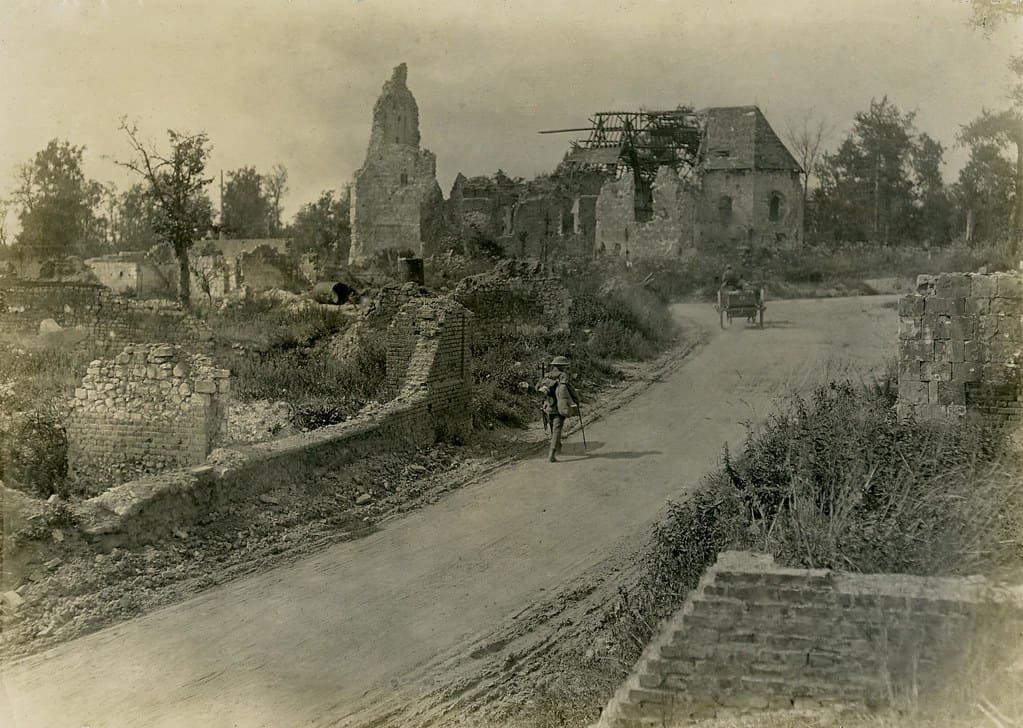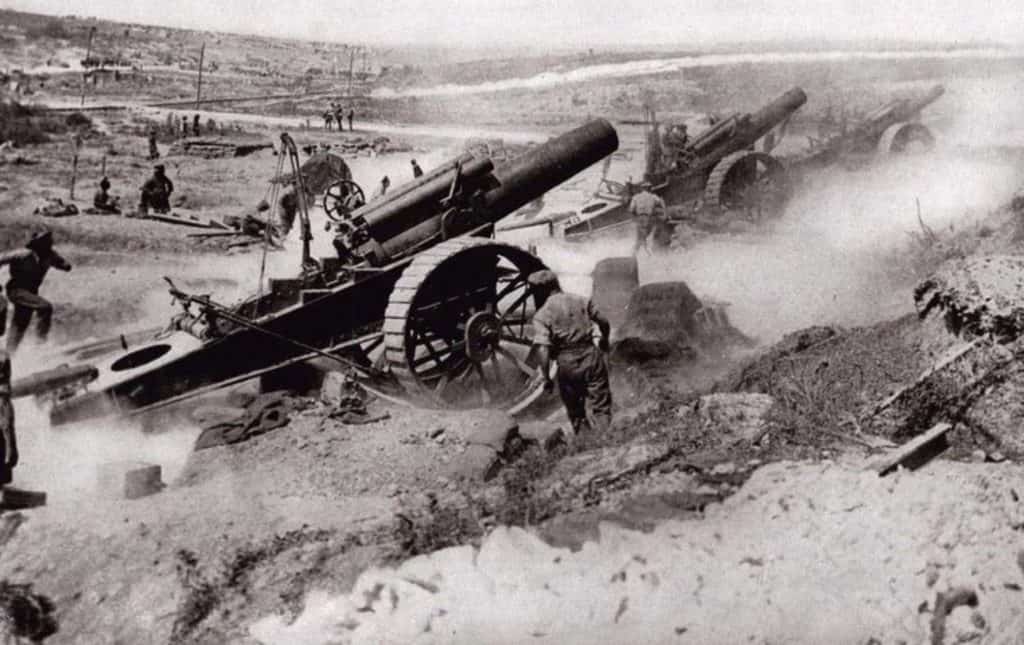A Short History of the Iron Foundry in America: World War I Continues
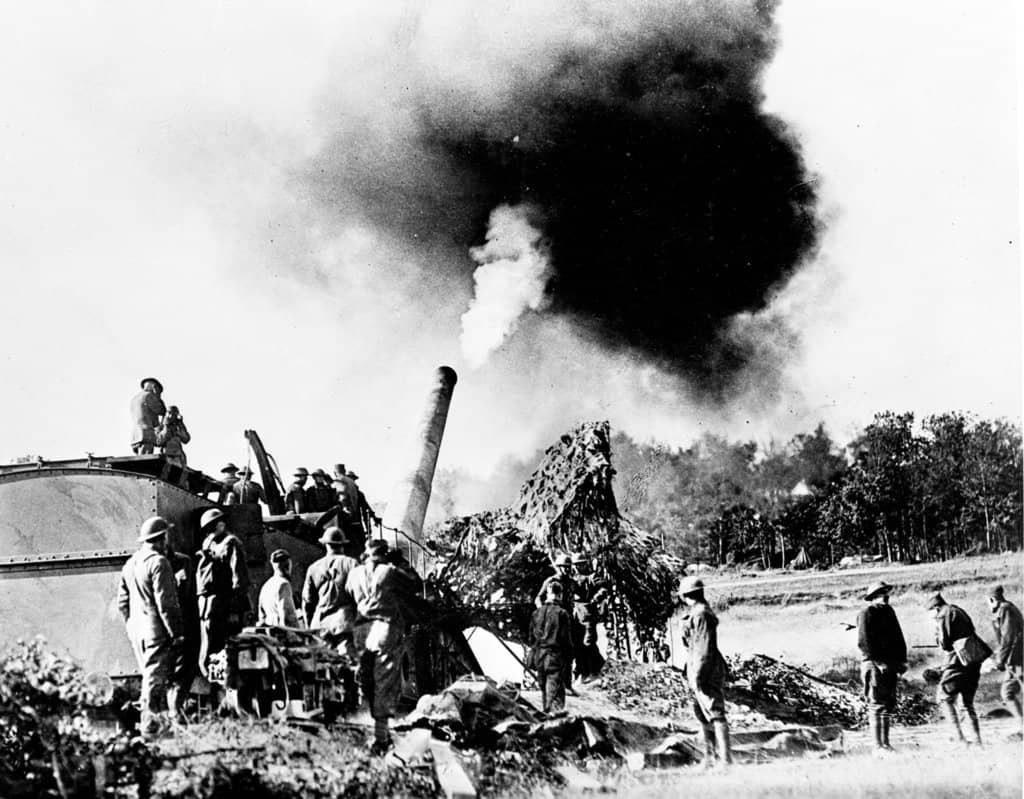
The Importance Of The Iron Foundry
During World War I, the iron foundry industry made a substantial contribution on the Allied side to the security of its citizens.
Across Europe, iron foundries smoked tirelessly trying to keep up with the demand. The mechanisms of war were now built of iron and steel and it was difficult to make progress without more mechanized arms. With each month the nations of Europe added more armaments and pushed the technologies that supported their war strategies. Even the new airplane fleets were utilized with encouraging results. As the dogfights played out in the skies above, the infantry below struggled to make headway. The introduction of machine guns and trench warfare led to a stalemate along the Western Front and elsewhere. Ground troops could not move forward except by painstaking trench building or costly infantry charges.
The Cost Of War
As the war dragged on without substantial success on either side, the militaries became reliant on heavy artillery to push forward troop movements. This was expensive, both in the cost of the shells and the cost of human life. The heavy artillery made the trenches into kill zones and destroyed the topography of Europe.
Hills were reduced to rises, forests became kindling, and farmland transformed into broken plains. Villages disappeared and city neighborhoods were transformed into piles of rubble. Germany and Russia possessed the largest number of cannons, with France coming in a close third.
With the departure of Russia from the war in late 1917, the French/British artillery was insufficient compared to the combined German/Austrian/Italian war machine. The war looked as though it would take a decisive turn for the worst for the Allies.
Relief Comes For The Central Powers
The situation in 1917 looked very promising for Germany and the other Central Powers, but they had their own issues. Germany was deeply in debt now and their resources were stretched thin. The war wouldn’t only be won with guns, it also needed diplomatic channels to erode support from its enemies.
To this end, Arthur Zimmerman, the State Secretary of Foreign Affairs for the German Empire, had worked tirelessly on a program encouraging revolts and unrest in foreign countries. In 1916-17 he saw the culmination of his efforts in Ireland and Russia.
Potential Revolt In Ireland
In 1916, Ireland was encouraged by the German government toward an unsuccessful rebellion that would be their first step toward home rule. They supplied weapons and worked with revolutionaries in Ireland to start a coup. The German support of the coup was facilitated by a man named Roger Casement, who visited Zimmerman in 1914 to secure support from Germany. At the time the German military did not agree with the plan, so it was put on hold. Casement returned to Ireland in April of 1916 followed by a German ship with 20,000 rifles.
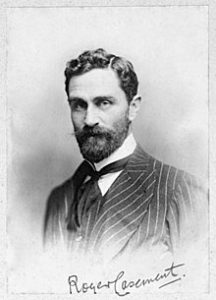 Suffering from a recurrence of Malaria, he was too sick to continue traveling when he arrived. He was suspicious of the earnestness of German support for their rebellion. Casement urgently wanted to speak to the leader of the insurgence, Eoin MacNeill, to deter the coup from going forward. He was afraid that they couldn’t rely on German support and that the coup would ultimately fail. Casement was found, arrested, and executed for treason by British authorities. The supply ship was captured by the British, but scuttled by her captain before it could be brought into port.
Suffering from a recurrence of Malaria, he was too sick to continue traveling when he arrived. He was suspicious of the earnestness of German support for their rebellion. Casement urgently wanted to speak to the leader of the insurgence, Eoin MacNeill, to deter the coup from going forward. He was afraid that they couldn’t rely on German support and that the coup would ultimately fail. Casement was found, arrested, and executed for treason by British authorities. The supply ship was captured by the British, but scuttled by her captain before it could be brought into port.In the end, Casement’s assessment of German support was accurate. Germany was amenable to fomenting unrest, but uncommitted unless they were able to control the territory themselves. While the unrest in Ireland was a momentary distraction for Britain, the movement was far too weak to yet be a significant issue.
A Russian Victory
The Germans were able to have far better success in Russia, however. In March 1917, Zimmerman arranged for the safe passage of Vladimir Lenin and other Bolshevik leaders from Switzerland to Russia. This further destabilized the already unsteady country and led to the signing of the Russian peace treaty by November.
With the departure of the initial opponent in the war, the Eastern Front collapsed. This allowed Germany to fall back to a more defensible Western Front and reinforce its western army. The German Empire and its allies were in the best position in years to end the war as victors. If it weren’t for the success of the British naval blockade of the European continent, the war would have taken a decisive turn for the worst for the Triple Entente.
The Zimmerman Telegram
 The next item on Zimmerman’s list actually blew up in his face. His work in North America brought the United States into the war much more quickly than anyone was planning. Although there was much tension between the US and Germany at the time, this catalyst had nothing directly to do with what was cranking out of the iron foundries at that time.
The next item on Zimmerman’s list actually blew up in his face. His work in North America brought the United States into the war much more quickly than anyone was planning. Although there was much tension between the US and Germany at the time, this catalyst had nothing directly to do with what was cranking out of the iron foundries at that time.It was common knowledge that there was no love lost between Mexico and the United States. Mexico had fought a hard and bitter struggle with its northern neighbor over a significant amount of land and its very independence.
Disputes over land ownership and diplomatic bristling led to a war that was fought primarily on Mexican soil. The United States wanted the territory that would eventually make up present-day Texas and California, as well as everything in between. The Mexican government had ardently refused. Before all was said and done, the US Army had marched into their capital with great loss of life on the Mexican side. The grueling war lasted almost two years and left significant bitterness against the United States in its wake.
Banking On Bitterness
Hoping to cash in on that bitterness was the German State Secretary for Foreign Affairs. It had only been less than seventy years since the United States army had marched through the streets of Mexico City. But time was of the essence. The economic impact of the war was already reaching a crisis point for all the nations involved. Those countries affected by the blockade were especially affected. Germany escalated its submarine warfare in a desperate attempt to break the blockade. The escalation of u-boat attacks on shipping in the Atlantic would assuredly draw the United States into the war.
Zimmerman’s hope was to create a distraction for the emerging world power. The US Army response to a raid by General Pancho Villa in early 1916 gave the Germans encouragement that Mexico could be that distraction. The US army under General Pershing had fruitlessly pursued Villa for a year before giving up. This showed the persistence of the United States and the savvy of the Mexican forces.
Too Good To Be True
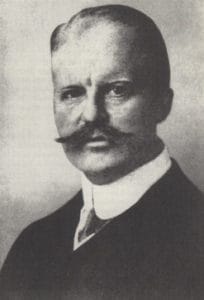 Zimmerman sent a telegram, through what he thought were secured channels, to the German ambassador to Mexico. In the event that the ambassador felt the US was about to enter the war, the telegram authorized him to promise submarines, financial backing, and a military alliance. This military alliance would help them secure territory that would include Texas, New Mexico, Arizona, and California. Germany also promised to fund the National Bank of Mexico. The offer was certainly generous, but possibly too generous.
Zimmerman sent a telegram, through what he thought were secured channels, to the German ambassador to Mexico. In the event that the ambassador felt the US was about to enter the war, the telegram authorized him to promise submarines, financial backing, and a military alliance. This military alliance would help them secure territory that would include Texas, New Mexico, Arizona, and California. Germany also promised to fund the National Bank of Mexico. The offer was certainly generous, but possibly too generous.The Mexican government received the offer and seriously, albeit briefly, considered it. The fact was that, in spite of their bitterness and desire to revenge themselves on the United States, Mexico was in absolutely no condition to go to war with the United States. In the unlikely event that the conflict would unite their revolution-ridden nation, they had exhausted essential resources for such a war. It would be their last stand, as well, as they knew that the United States would not allow Mexico to remain a threat any longer. Germany’s economic situation made their financial promises seem unlikely, as well. Mexico politely declined.
America Enters The War
The United States entering the war effort in April of 1917 was effectively the end of German supremacy in Europe in World War I. Although our iron foundry industry was not able to manufacture enough armaments to turn the tide through artillery, our additional ground troops, rifles, and fresh supplies rallied the weary French and British infantry. The war ended 18 months later.
One of the most defining lessons learned by the United States was the vulnerability we had regarding artillery. Up until World War I and throughout that war, America relied almost exclusively on European countries like France and Great Britain for artillery. We were strong on infantry weapons, but artillery was the primary weapon used in World War I. This left our ground troops vulnerable, especially to the substantial German war machine. Consequently, the US lost more lives in the war than we would have with more heavy munitions.
Increased Priority For The Iron Foundry
This led to American industry building up our industrial complexes to be able to handle the requirements of a more substantial military. The United States had entered World War I as a distant power distracted by its own hemisphere. It finished the war as a superpower capable of turning the tide of any war. Americans felt the weight of that target even as they enjoyed the economic prosperity of being one of the only participants in the war to have their cities and industry intact.
In the few years after the end of World War I, politicians and military officers seriously discussed the vulnerability of the United States in case of a large-scale war. World War I has illustrated our inability to substantially respond in coming to the immediate aid of an ally. It was unsettling to know that our biggest contribution to the war was our young men carrying rifles as they ran into the path of heavy artillery. Moreover, questions arose about our ability to meet any substantial attack on our own soil. If anyone chose to invade us, could we repel them? While there were many who were still hoping for diplomatic interventions before any future war, the iron foundry industry began to look for innovations that could help it meet such a demand.
A Heritage Of Innovation And Determination
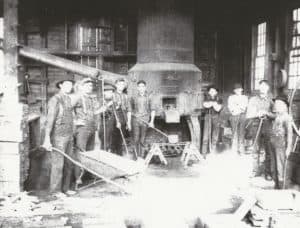 Our heritage of innovation and determination is what established our foundry. The generations of families that have worked in and around our foundry have made it what it is today. Our employees are the best in the business, dedicated to producing the best parts in the industry. We are profoundly aware that the history we are making today is the heritage that our children and grandchildren will build upon.
Our heritage of innovation and determination is what established our foundry. The generations of families that have worked in and around our foundry have made it what it is today. Our employees are the best in the business, dedicated to producing the best parts in the industry. We are profoundly aware that the history we are making today is the heritage that our children and grandchildren will build upon.Let us use that rich heritage and legacy-building determination to your benefit. Call us today and schedule a tour of our state-of-the-art facilities. Watch our dedication to our craft and the innovation of our engineers as we work diligently for our customers. Then sit down with our planners and discuss the parts you need and the quality we can provide. Choose quality, choose Willman.

